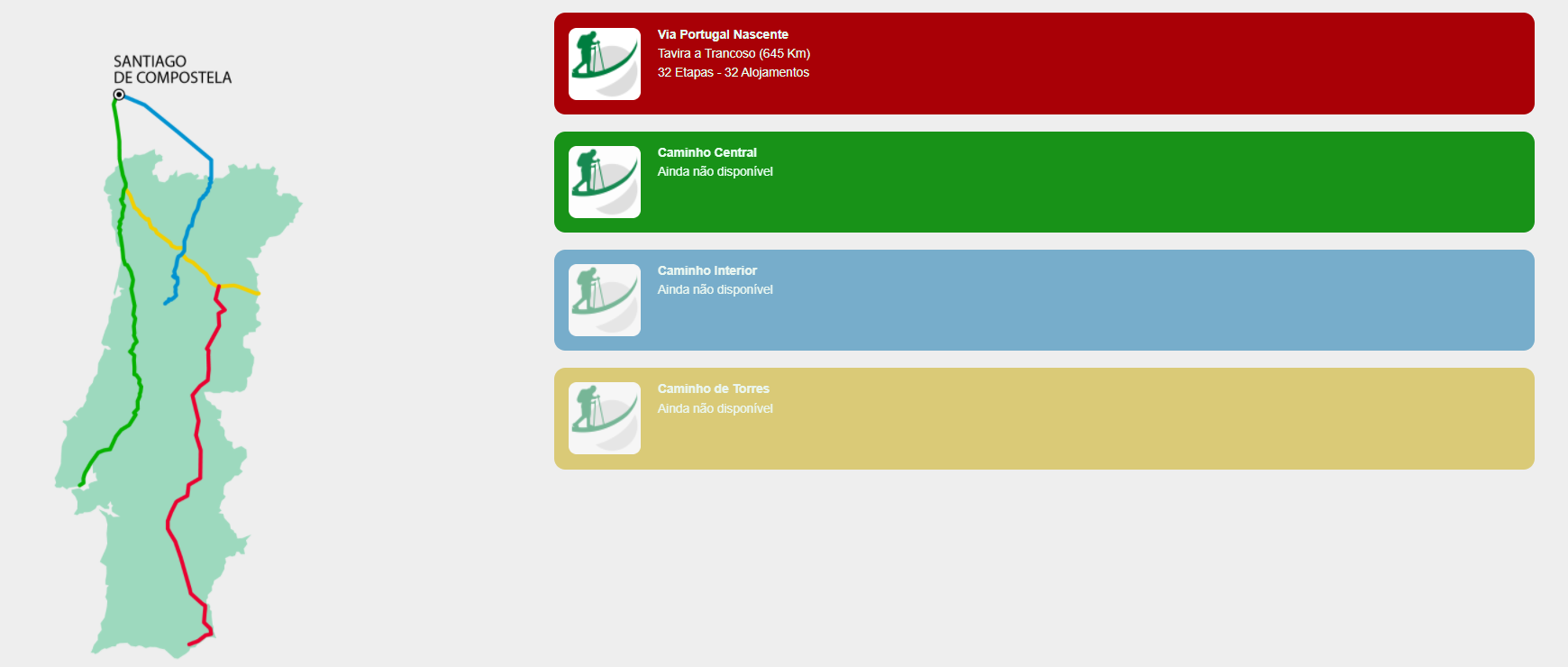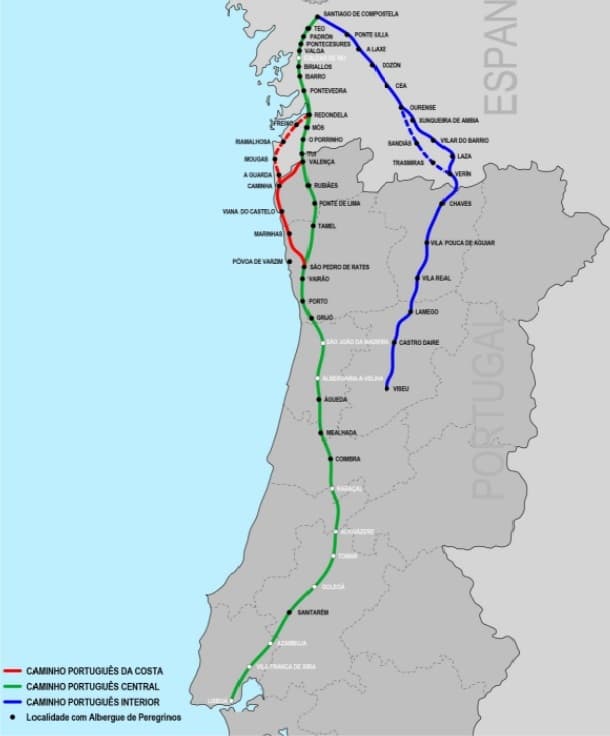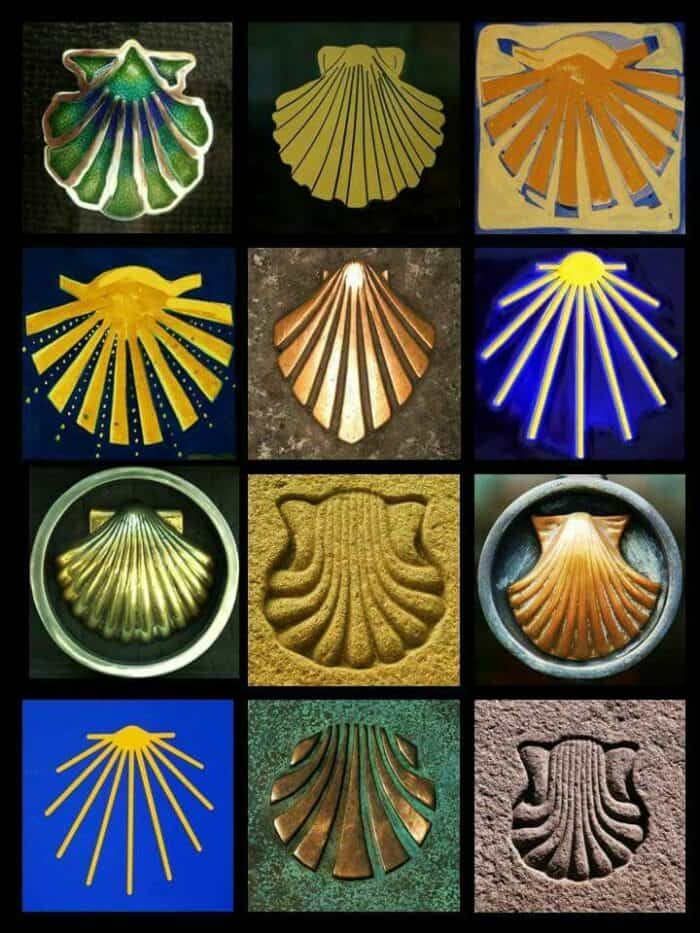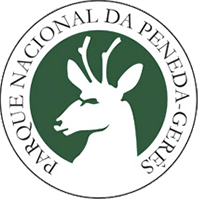The Camino de Santiago trails are among the world’s oldest walking routes, pursued by many for religious, cultural, or even tourist purposes. It’s important to fully experience and appreciate the journey without rushing.
We believe that any path should be taken with purpose and without going into “auto-pilot.” That is, walking late into the night with the sole aim of reaching the destination as quickly as possible. The journey will be far more fulfilling, and the sense of accomplishment at the end will be just as powerful.
Therefore, his article serves as an introduction to the Caminos de Santiago, particularly focusing on Portuguese Routes.
Camino de Santiago – Which Camino to Choose?
As you may know, there are many Caminos de Santiago, but here we’ll focus on the Portuguese Caminos. Notable variants include the Portuguese Coastal Route and the Spiritual Variant.
Therefore, you can choose from 4 official Portuguese Caminos
- Camino Central
- Via Nascente
- Camino Interior
- Camino de Torres
Two notable variants are the Coastal Variant and The Spiritual Variant.
The Coastal Route begins in Porto and can connect to the Central Camino at Valença or continue along the Galician coast, merging with the Central Camino in Redondela.
The Spiritual Variant starts in Pontevedra and ends in Padrón, converging with the Central Camino.
However, these paths offer many combinations, allowing you to start from various locations and connect with other routes as needed.

www.caminhosdesantiago.pt
1 - Portuguese Central Camino (PCC)
The PCC is probably the most popular of all Caminos
For example, dis you know that Porto and Valença are, accordingly the second and third city in the world, where most pilgrims start their journey?
The first, just to kill your curiosity is, Sarria (French Camino)
Nevertheless, the PCCCCP starts in Lisbon and ends in Santiago de Compostela, spanning 620 km over 24 stages without requiring convergence with other paths (unless you choose the variants).
It crosses key cities of Portugal like Lisbon, Coimbra, and Porto
On the other hand, on this Camino you will merge to the recently opened Caminos de Fátima ( which is marked by blue arrows, instead of yellow)
As opposition of most expectations, this route has gentle elevations.
However, is filled with historical sites, natural landscapes, medieval bridges, and rivers.
2 - Camino Interior Portugues (CIP)
The CIP starts in Viseu, passes through Peso da Régua and ends in Chaves. Later merging with the Via de La Plata, crossing the border to Spain in Vilarelho da Raia, on the way to Santiago de CompostelaThe Via de La Plata also has some variants to choose from. For more information click here
This 385 km route spans 16 stages, depending on the variant you choose in Via de La Plata section
However, do not be missguided by the few kilometers. The stages are long and with steep sections.
Nevertheless, it's cultural richness and heritage related to Santiago de Compostela history, makes every stage worthwhile.

Map and Stages of Camino Central and Camino Interior with it's variants @www.caminhosantiagoviana.pt
3– Via Nascente Portugal
Firstly, this is the most recent Camino in Portugal. Via Nascente é o mais recente caminho português.
Starting in Tavira and ending in Trancoso, it covers 645 km over 32 stages, it tranverses the Portuguese countryside and joins either the Torres Route or the Interior Camino to reach Santiago.
This route is deeply connected to history and nature, making it ideal for reflection and spiritual connection, so related with Camino de Santiago.

Map and Stages of Via Nascente
4- Camino de Torres
Firstly, this route is named after the renowned Salamanca-based writer Diego de Torres Villarroel.
Therefore, this path starts in Salamanca, entering Portugal at Almeida in the Guarda district.
There are 447 km’s (starting in Almeida) divided by 18 stages.
Those venturing along this route encounter steep climbs and long, solitary stretches, yet it includes captivating landscapes, urban centers, and surprising historical sites.

Map and Stages of Camino de Torres @ www.caminosantiago.usal.es
However, the most important for the Camino is to know that you are not obliged to do all the stages. This meaning, that you can start your Camino at any stage.
Nevertheless, if you want to collect the Compostela you will have to hike a minimum of 100 Km’s and have the Pilgrim's Credential.
Finally, if you choose the Camino Central and you need help planing your accommodations, check this article








